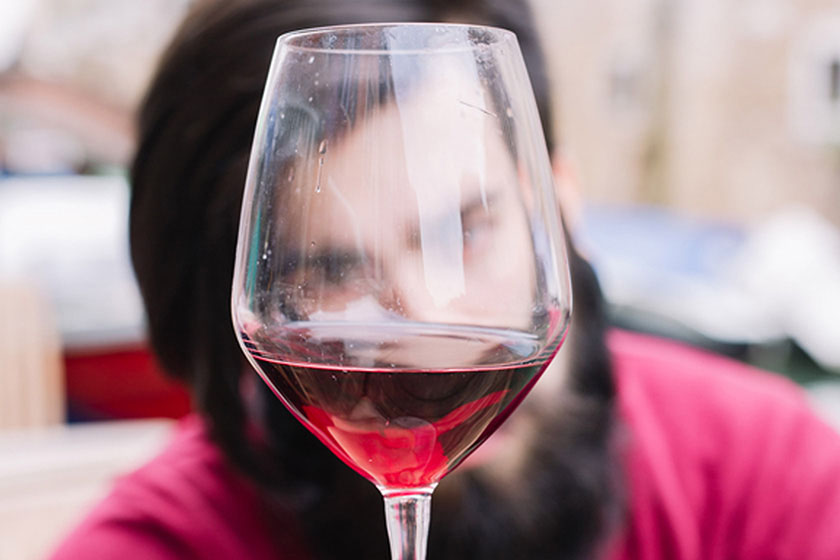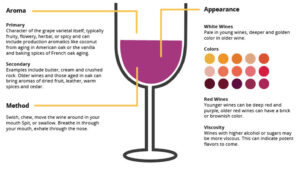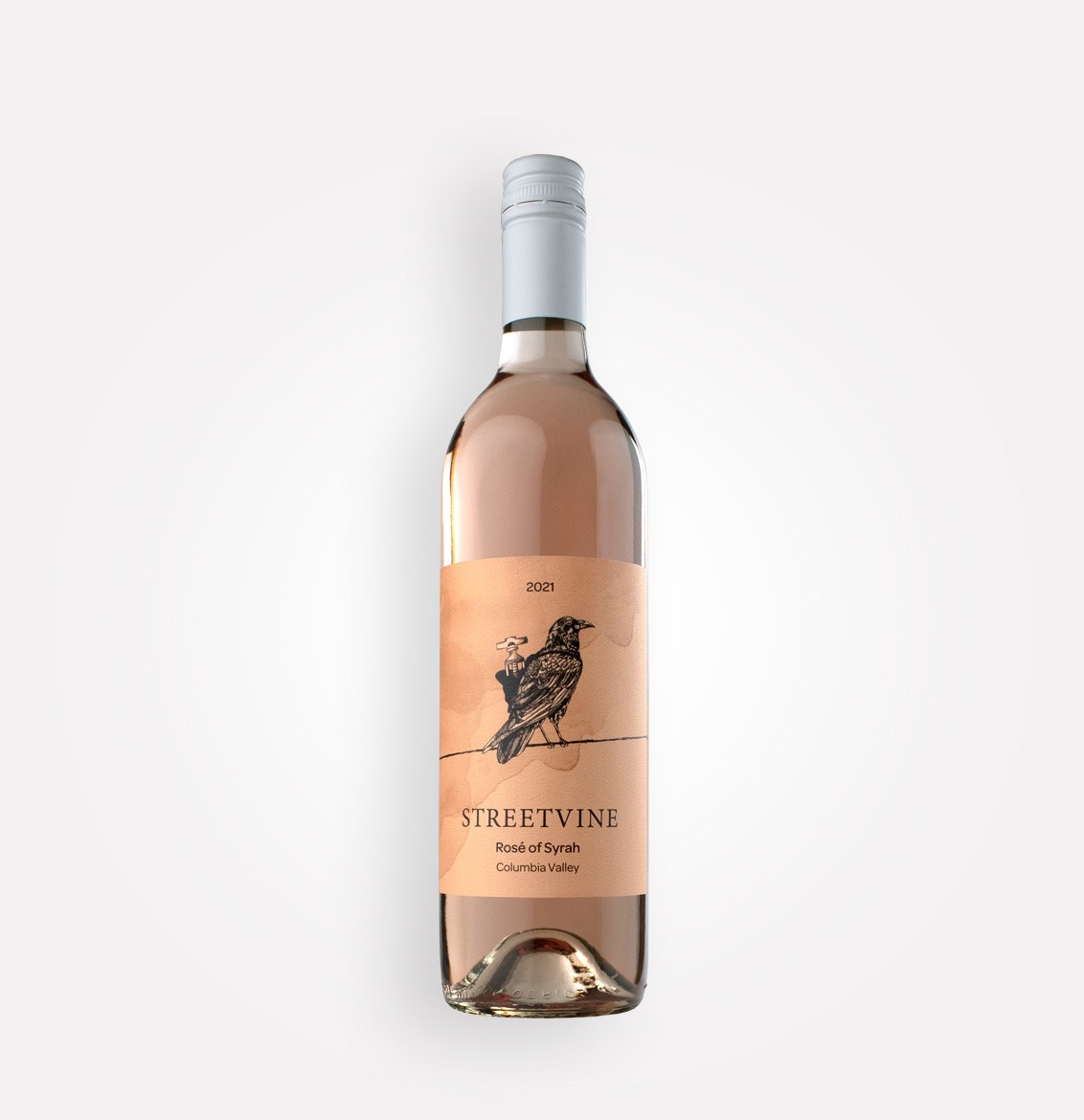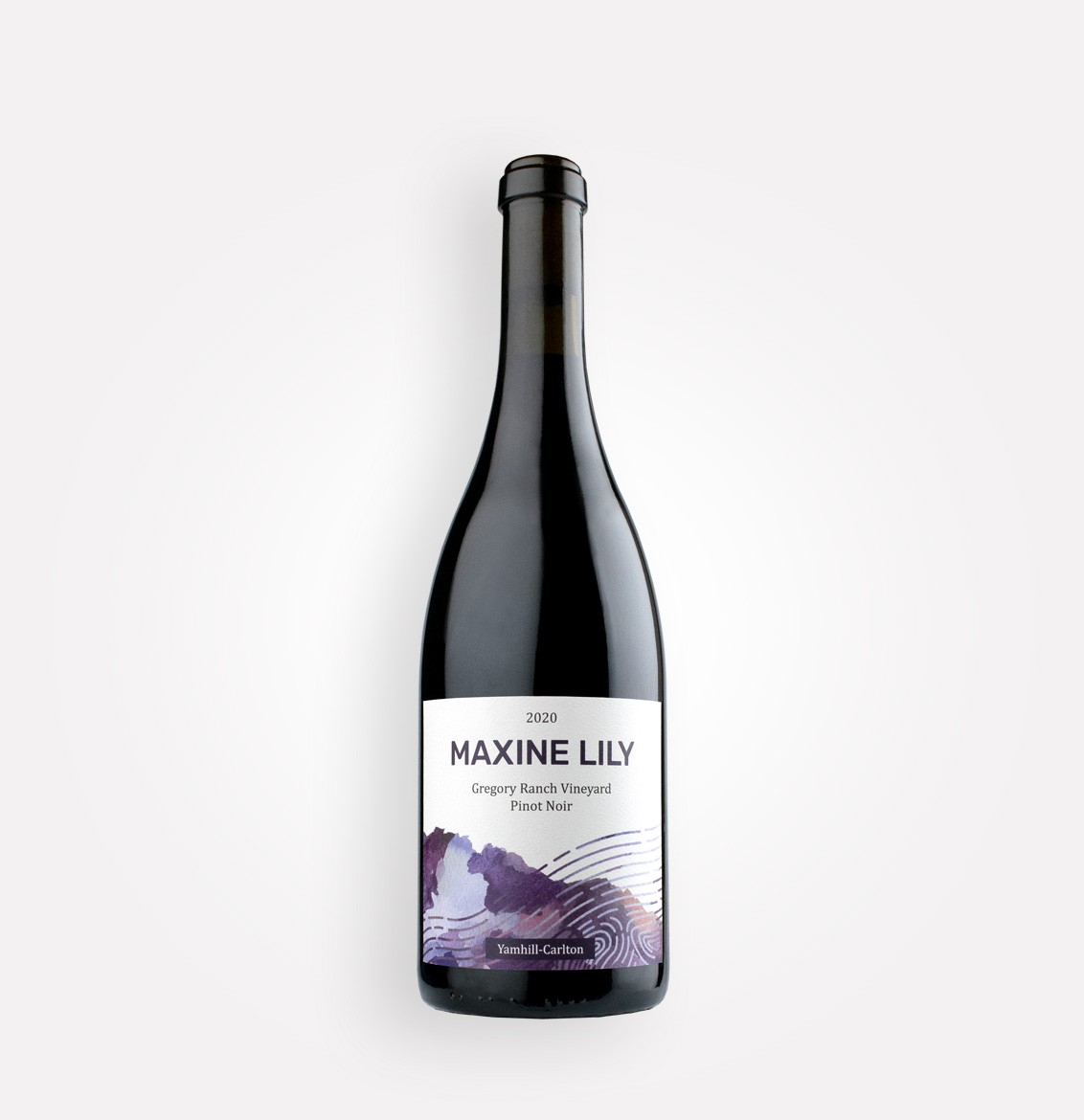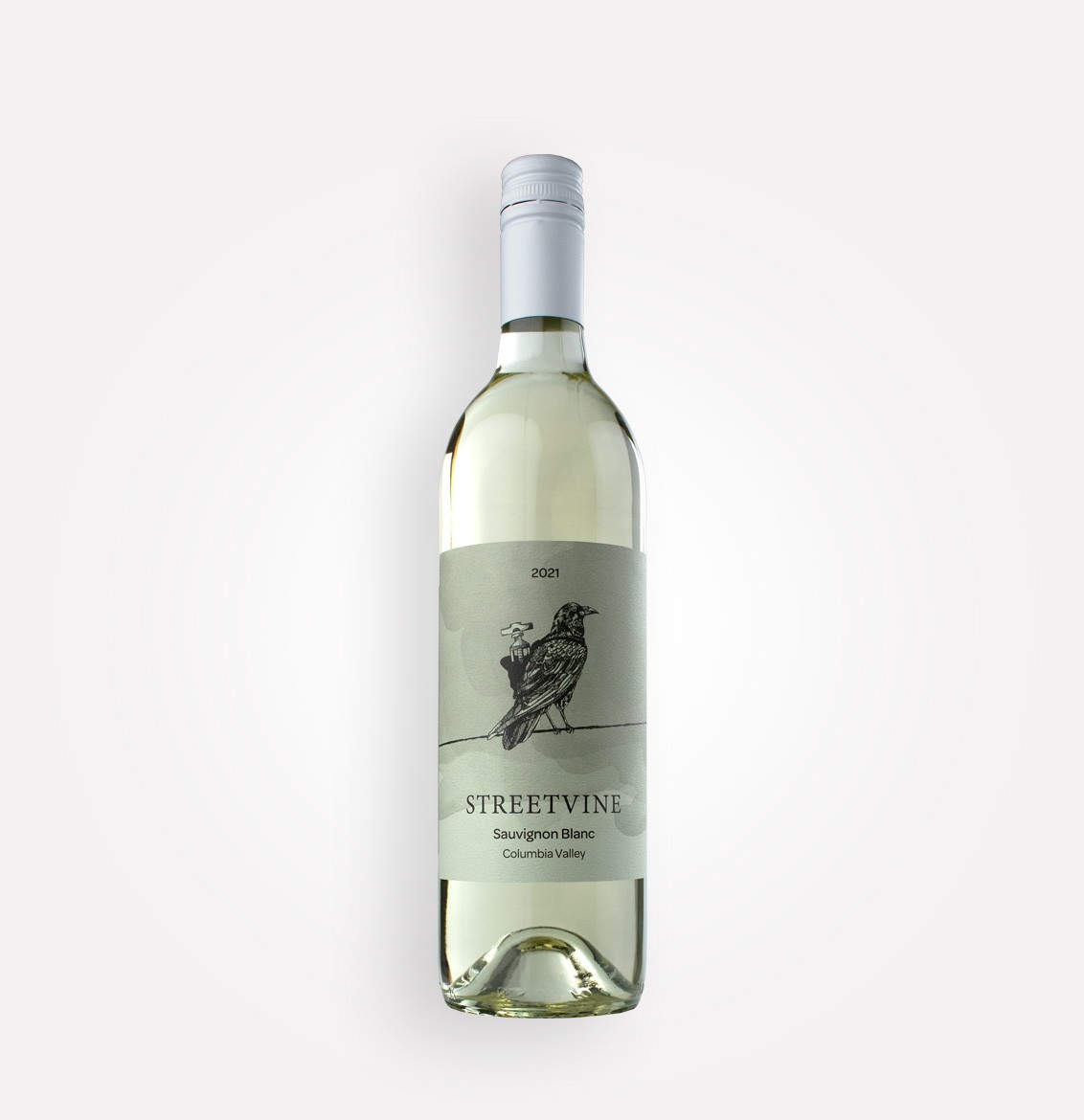Wine sensory evaluation is really just learning to pay attention
If you’re curious about how to enhance your wine enjoyment and maybe have more confidence in shopping for wines, it could be time to learn some wine sensory evaluation skills. No special equipment is needed to start, just some wine and your face and some paper to record your findings. Although this is a systematic approach, it’s not a matter of right or wrong, just a pathway (your pathway) that links smell and taste to words used to describe wine.
Sensory evaluation systematically focuses on a wine’s appearance, aromas, tastes, and textures
Give Your Wine a Good Look
The sensory evaluation focuses on a wine’s appearance, aromas, tastes, and textures. Let’s start with a wine’s appearance. Still wines should be clear. The presence of particulate, haziness, or cloudiness may indicate there are issues to come. Perhaps retreat and save your taste buds.
Obviously, sparkling wines will have bubbles, but any previously described issues are issues here too. As long as you’re looking at those bubbles, are they fine, medium, or coarse? How do they move?
Think About Color
The next step is to look at the color of the wine. It is best to view the wine against a white background (sheet of paper, napkin, table cloth, etc.) with the glass tilted to assess color. The surface of the wine will roughly be an oval which allows you to see color saturation at the rim and center.
Young white wines are usually pale. Deeper or more golden colors come with skin contact, barrel contact, or aging. Deep gold or amber in a young wine might indicate oxidation problems.
In reds, younger wines can be deep red and purple with variations produced by varietal and pH. Older red wines can have a brick or brownish hue, and the color may not extend to the rim or be orangish (not orange wines, that’s different).
If you have a wine color reference handy, use it. Your perception of pale straw, pale yellow, and pale gold or red, ruby, and garnet can start to drift over time even when you’re well-practiced. (I use the Wine Colors in the Wine Folly Magnum Edition).
You can also assess the wine’s viscosity, looking for legs or tears (streaks of color) along the inside of the glass. Generally, wines with higher alcohol or sugars (or both) may have legs. While this is not an indicator of wine quality, it can indicate potent flavors to come.
Enjoy the Aroma!
Time to sniff, but hold on, this is a two-parter! Your first reaction might be to get that wine on the Tilt O’ Whirl and give it a good rip, but your first sniff will be while it’s still and tranquil in the glass before aeration. That first sniff will provide you with a sense of the lighter and primary aromas – those of the grape varietal itself typically fruity, flowery, herbal, or spicy and maybe some production aromatics like the coconut from aging in American oak or the vanilla and baking spices of French oak aging.
Now it’s time to swirl, and when it comes time to swirl, it doesn’t need to have acceleration that simulates a sidewall pressure test on the tires of a Bugatti Chiron. A good swirl followed by a few longer sniffs should reveal more aromas and delights the wine hopefully has in store.
Repeat the process, think and enjoy the aromas as the wine evolves in the glass. There might be new or deeper primary aromas or more pronounced secondary aromas like butter and cream or crushed rock and wet gravel. Older wines and those aged in oak bring dried fruits, leather, baking spices, and cedar. And remember, you smell what you smell.
Wrap it Up With a Taste
Finally, it’s time to taste. Take a good amount of wine into your mouth, swish it, chew it, move it around, and get to know it. Then either spit (or swallow), breathe in through your mouth and exhale through your nose. Enjoy that entire sensory ride!
Your nose and taste buds are partners in your wine experience. To see how much, hold your nose closed, like you’re jumping into a swimming pool, then take a sip of wine and notice the flavors — things might be a bit muted. Then try another drink without holding on and see how deep and changed the flavors.
Take the time to write down a few notes and go back to wines you find confusing, intriguing, beguiling, and more. But, most of all, have fun; it’s just wine.

